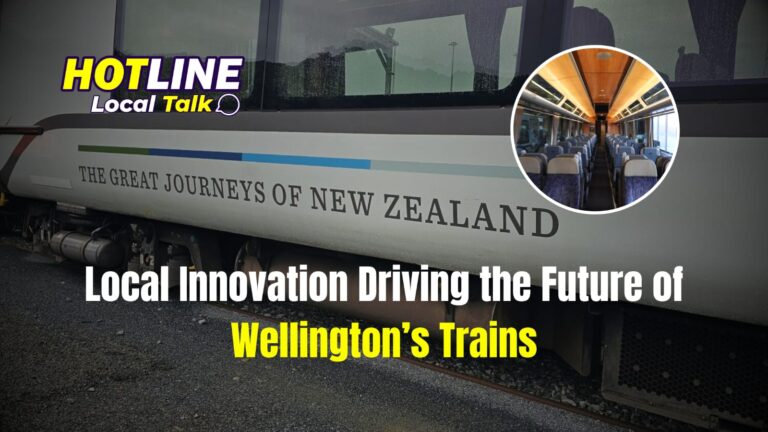Wellington’s local train services have evolved significantly over the years, reflecting both the region’s rich railway heritage and a forward-thinking vision for the future. With a growing emphasis on improving passenger experiences and localising train refurbishment and manufacturing, the capital city of New Zealand is transforming its rail services into a modern, efficient, and comfortable transport network.
A History Rooted in Reliability
Wellington’s rail network has long served as a backbone for commuters and travellers. The system stretches through lush landscapes, connecting the city with its outer suburbs and neighbouring regions like the Hutt Valley and Kapiti Coast. While the network has remained functional, rising demand for faster, more comfortable services has prompted authorities to invest in modernisation.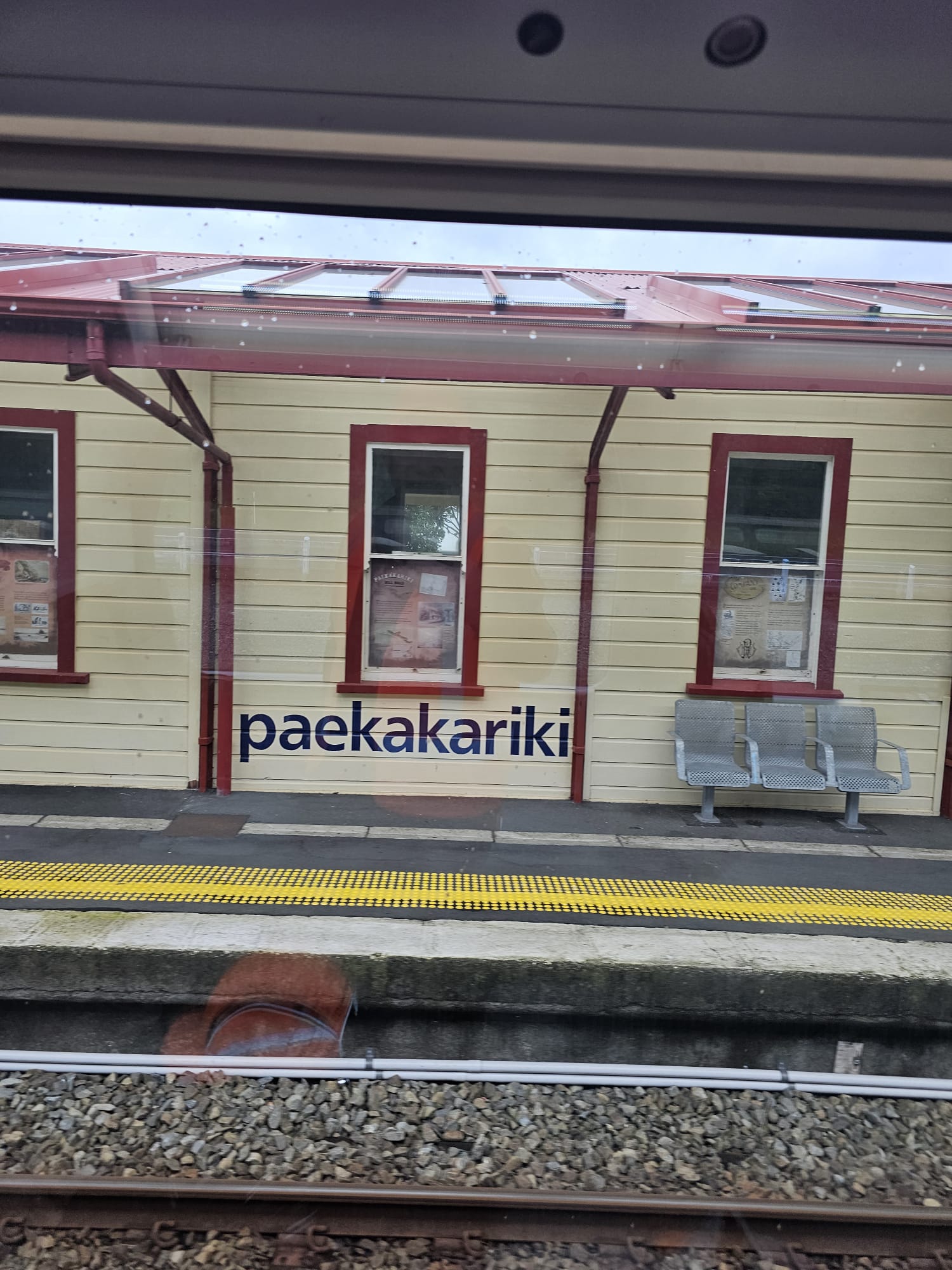
Enhancing the Passenger Experience
For many, Wellington’s railways offer more than just transport—they provide a scenic journey. From the city’s urban heart to the expansive countryside, passengers enjoy breathtaking views of rugged coastlines, verdant hills, and sprawling valleys. Yet, the focus isn’t solely on aesthetics. Improvements have been driven by passenger feedback, which called for cleaner, quieter, and more comfortable carriages.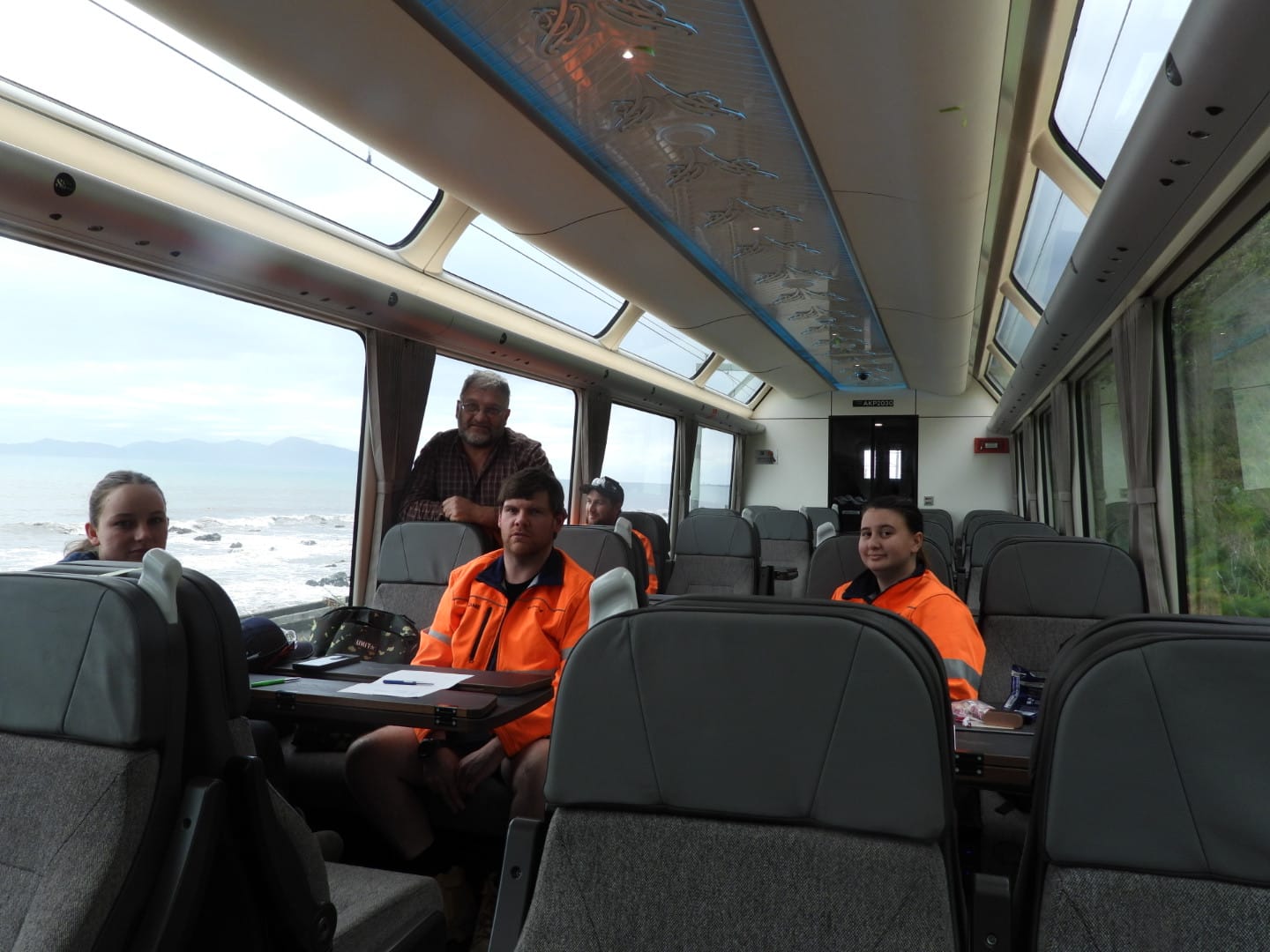
In response, Greater Wellington Regional Council has been upgrading the interiors and facilities of its trains. These enhancements include more ergonomic seating, improved lighting, and reliable Wi-Fi access, ensuring that passengers can relax or stay productive during their commutes. The trains also feature better heating and cooling systems, addressing the city’s variable climate.
Local Manufacturing and Refurbishment: A New Era for Wellington Trains
A key aspect of Wellington’s rail modernisation strategy has been the localisation of manufacturing and refurbishment efforts. Rather than relying on imports, the region has chosen to invest in local skills and facilities. By doing so, Wellington not only strengthens its economy but also ensures that trains are tailor-made to meet the specific demands of its routes and passengers.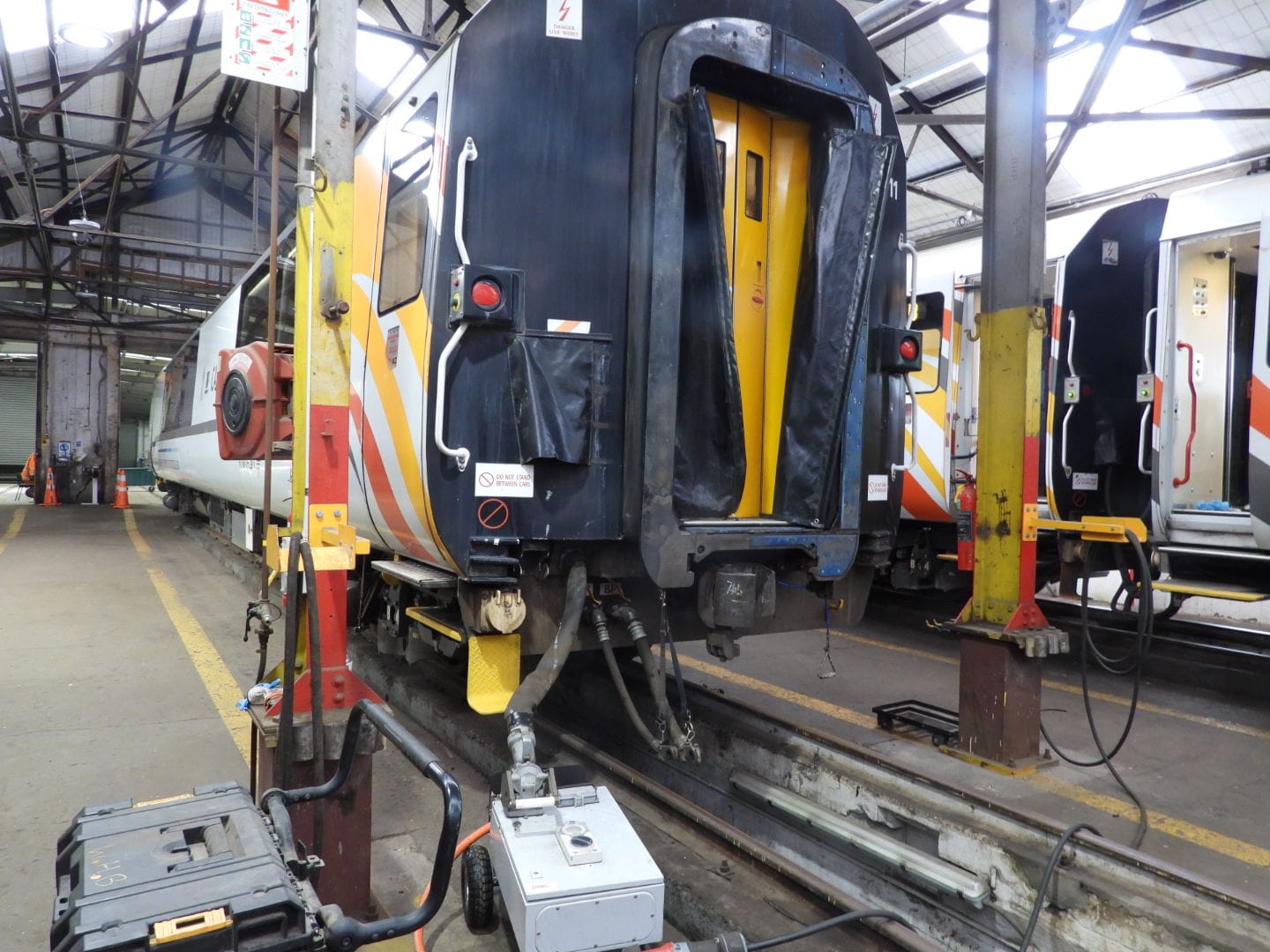
KiwiRail, the country’s primary rail operator, has spearheaded this initiative by establishing refurbishment centres within the region. These facilities focus on modernising older trains and manufacturing new ones designed to meet future requirements. Skilled technicians and engineers play a crucial role in this effort, with their expertise breathing new life into ageing carriages and locomotives.
The Iconic Northern Explorer: Refurbishing a National Treasure
Among the region’s flagship projects is the refurbishment of the Northern Explorer. Known for its epic journey from Wellington to Auckland, this train has become a symbol of New Zealand’s scenic rail travel. The refurbishment project aimed to retain the Northern Explorer’s iconic charm while integrating modern comforts.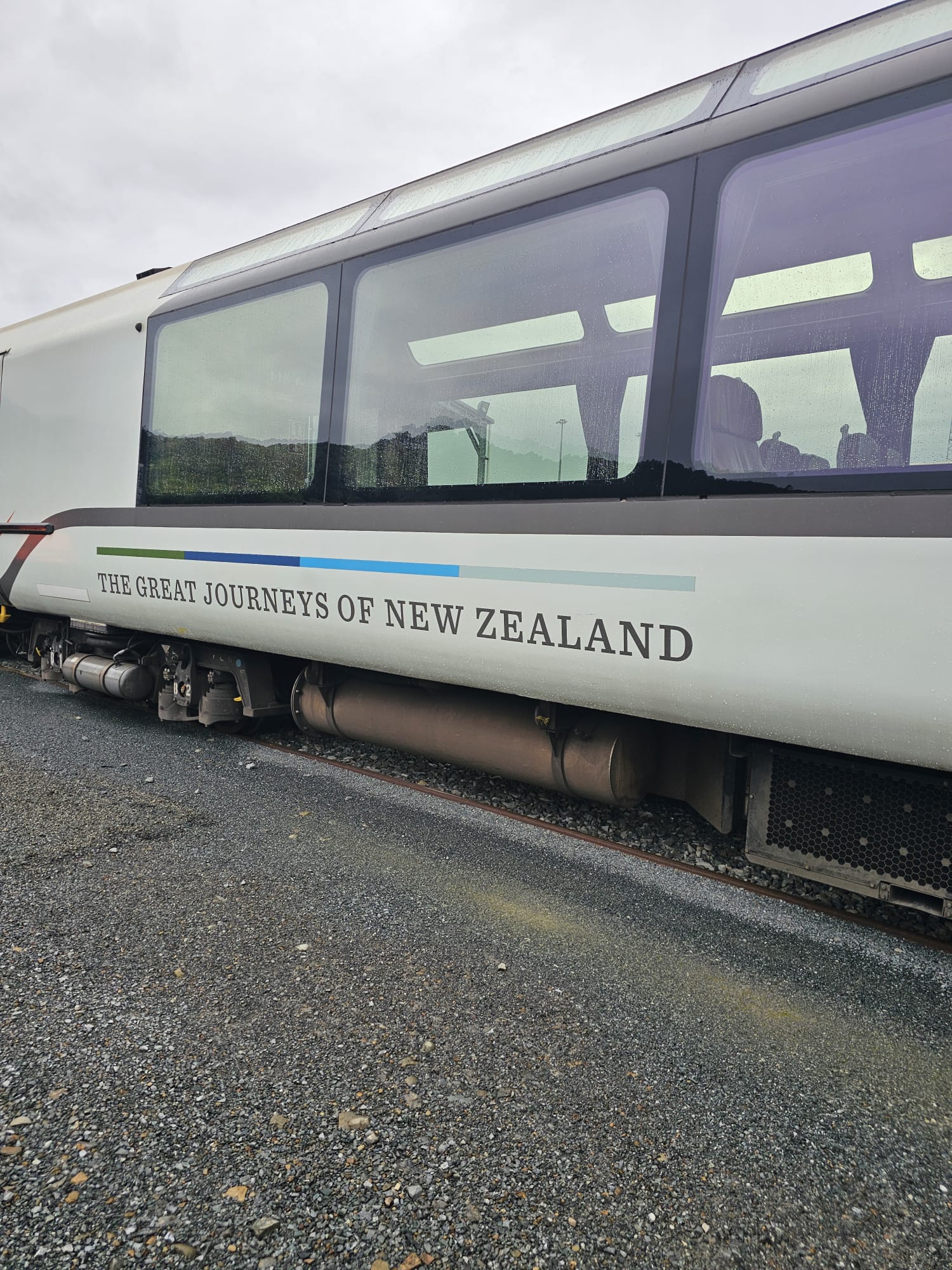
The upgraded Northern Explorer now boasts panoramic windows, allowing passengers to fully immerse themselves in the country’s stunning landscapes. Carriages have been reconfigured to offer more spacious seating, alongside improved dining and service facilities. In addition, energy-efficient technology has been incorporated to reduce the train’s environmental footprint, a priority in Wellington’s sustainability goals.
Modernisation for the Future: Functionality Meets Comfort
Beyond the Northern Explorer, the regional train services have also undergone significant functional upgrades. The new trains feature enhanced acceleration and braking systems, improving both punctuality and safety. These systems have been designed with the latest technology, ensuring a smoother ride and quieter operation.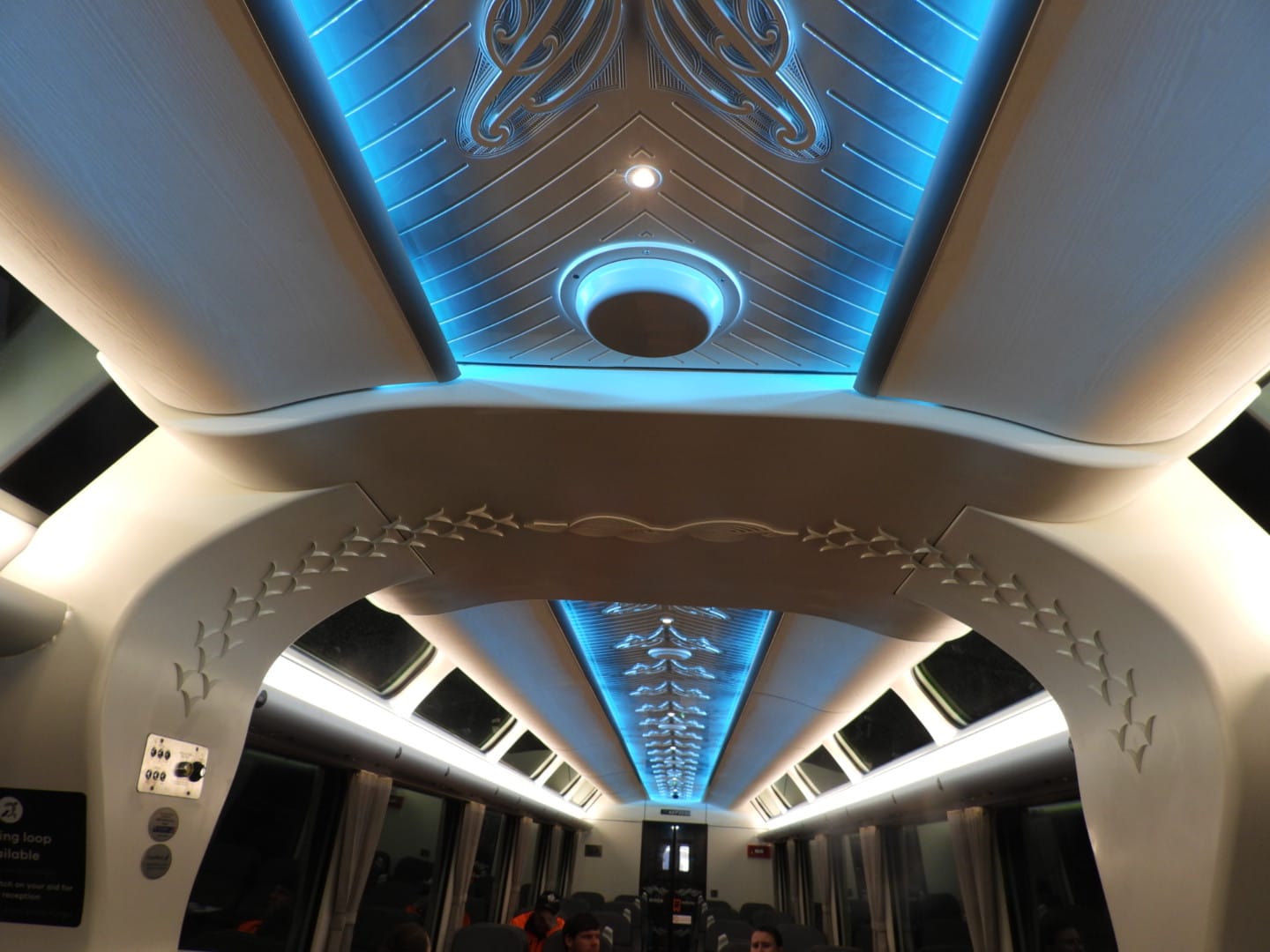
For passengers, this modernisation translates into a far more comfortable experience. Seats have been redesigned for ergonomic support during longer journeys, and noise-reducing materials have been introduced to make the carriages quieter, even during peak commuting hours. Meanwhile, digital displays now provide real-time journey information, making it easier for passengers to navigate the network and plan their connections.
Sustainability: A Key Factor in Wellington’s Rail Upgrades
Wellington’s rail modernisation extends beyond passenger comfort and improved functionality. Sustainability lies at the heart of these efforts. Trains are being upgraded to use cleaner energy sources, including electric or hybrid propulsion systems where possible. This transition reduces the carbon footprint of rail travel, aligning with New Zealand’s broader environmental goals.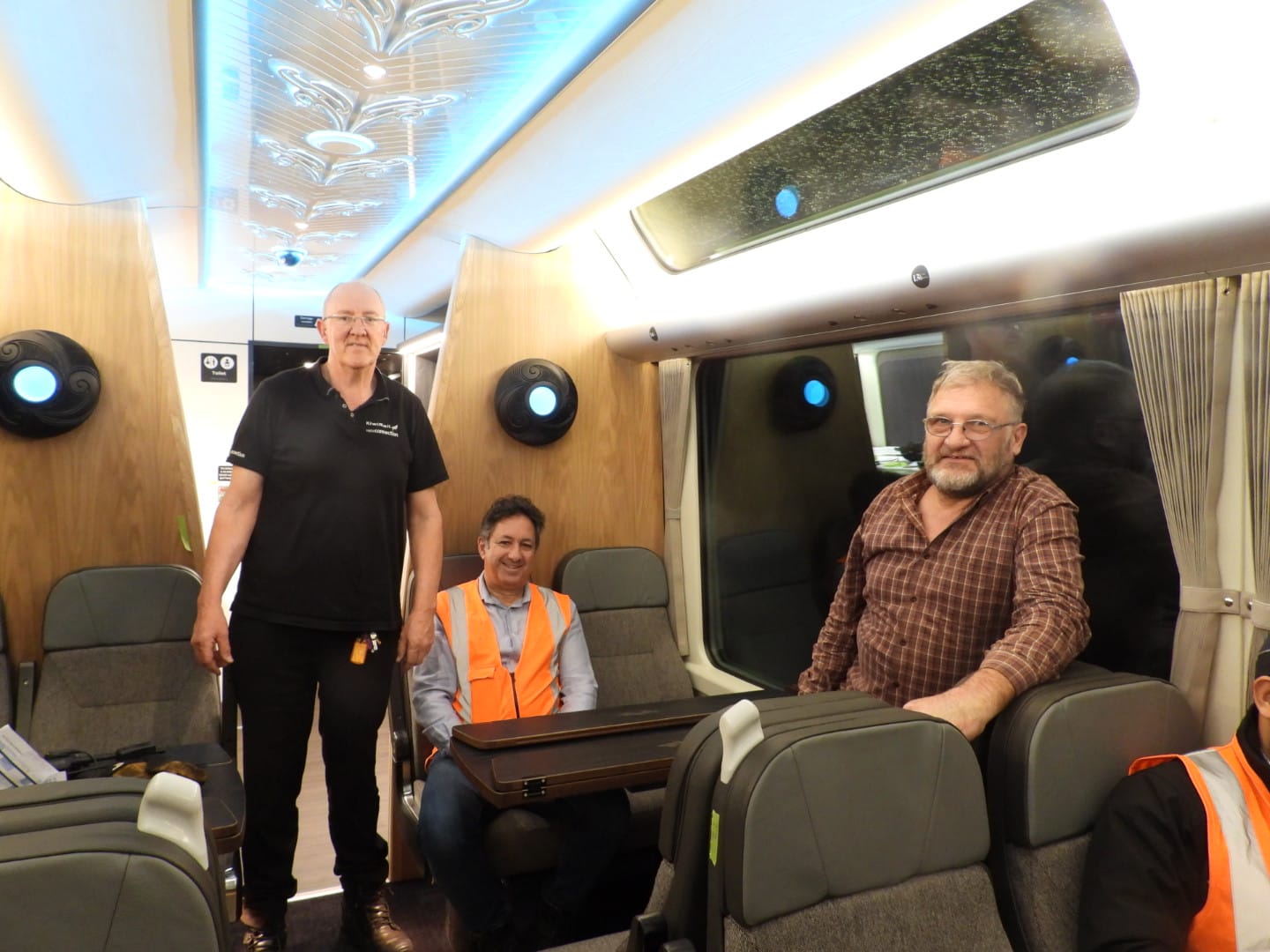
In parallel, KiwiRail and regional authorities have committed to using sustainable materials in the refurbishment process. Recycled components and energy-efficient manufacturing practices ensure that train modernisation aligns with both economic and environmental imperatives.
Conclusion: The Future of Wellington’s Rail Network
Wellington’s commitment to modernising its rail services has redefined the experience for local passengers. By focusing on refurbishing and manufacturing trains within the region, the city not only supports its local economy but also enhances the quality of its transport services. Modern trains now offer greater comfort, functionality, and sustainability, ensuring that Wellington’s railways remain an essential part of its infrastructure for years to come.
As more trains are upgraded and new models introduced, passengers can expect an even smoother, quieter, and more efficient journey. Whether commuting to work or exploring New Zealand’s vast beauty, travellers on Wellington’s rail network are set to enjoy a first-class experience that blends tradition with innovation.
TRUTH SEEKER
Instantly run a Quiz with friends... about the article. Interact more & analise the story. Dig in, catch out biased opinions, and "fact check" with TRUTH SEEKER by ONENETWORK WELLINGTONLIVE 👋
Do you agree with the main argument of this article?
Total votes: 0
What is a key aspect of Wellington's rail modernisation strategy?
Bias Analysis
Fact Check Summary
True, the article mentions the rail network connecting the city with its outer suburbs and neighboring regions.
Source: Article
True, the article states that KiwiRail has spearheaded this initiative by establishing refurbishment centers within the region.
Source: Article





